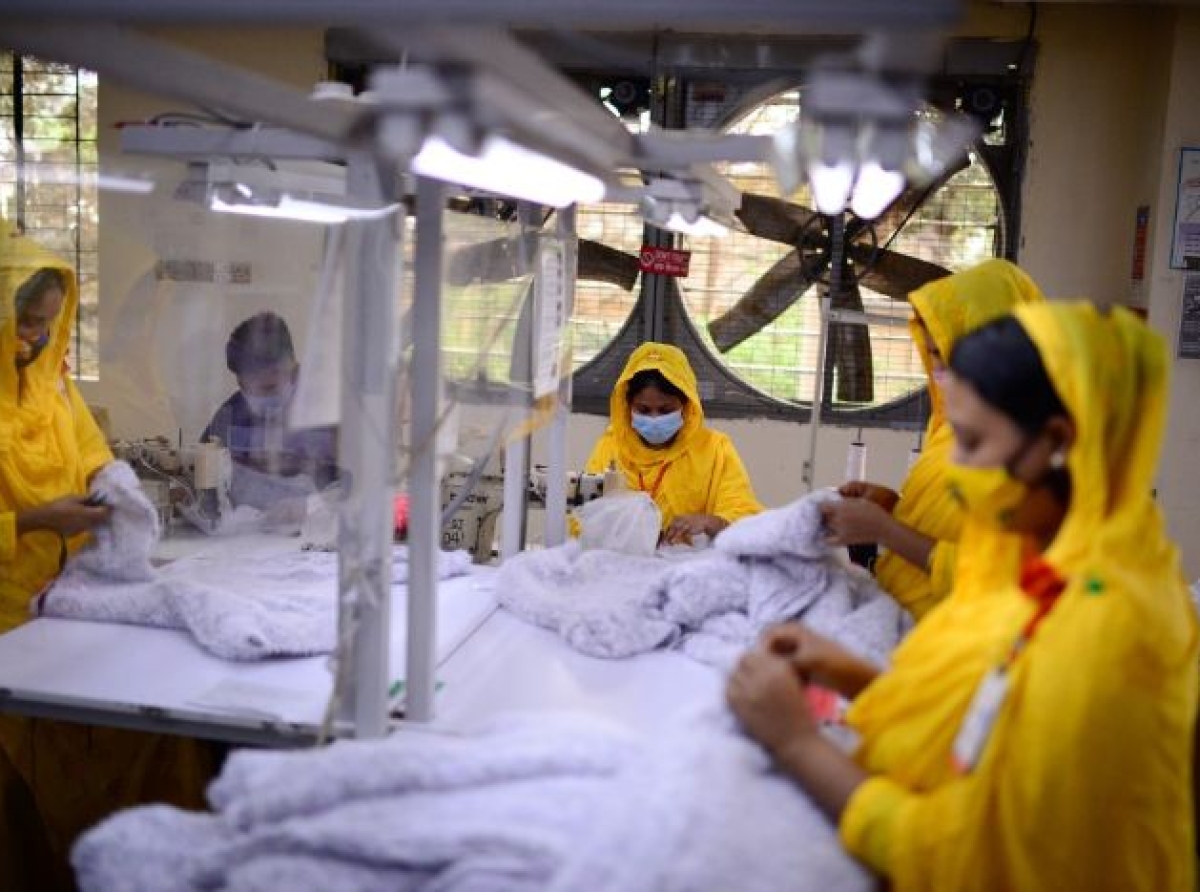EU proposed sustainable fashion legislation & Bangladesh preparedness

03 November2022, Mumbai:
The European regulator demanded that rapid fashion be banned by 2030 and announced a significant expansion of the requirements for eco-design in textile items. To combat the fast-fashion industry, they also demanded that big businesses reveal the quantity of unsold inventory they dump in landfills. The proposed regulations would also compel manufacturers to redesign their apparel/garments to comply with a comprehensive list of requirements covering everything from the lasting time apparel/garment lasts to how much-recycled yarn it contains.
Greenwashing
Every piece of apparel/clothing sold now comes with a digital passport that can be used to check how recyclable a shirt or a pair of jeans is. Greenwashing is strictly prohibited and will result in consequences. Furthermore, it is forbidden to destroy unsold or returned items. The top five countries from which the EU imports apparel/clothing are China, Bangladesh, Turkey, the United Kingdom, and India, according to Eurostat.
BGMEA: A vision for a sustainable future, a better future
Bangladesh is the second-largest apparel/clothes supplier to the EU and the world, and manufacturers, industry professionals, and brands are highly concerned about the laws that the EU has announced.
However, they think that because Bangladesh is consistently moving toward sustainability, the country's apparel industry is well-positioned to deal with the EU's decision.
According to the new guidelines from Brussels, Bangladesh is moving toward sustainability, according to brands like H&M, M&S, G-Star, and others collaborating with Bangladeshi manufacturers. Ziaur Rahman, regional country manager for H&M's Bangladesh, Pakistan, and Africa regions, told the Dhaka Tribune that they are pleased with publishing the Textiles Strategy and anticipate a more environmentally friendly fashion business.
The general mood in the context of this new proposed legislation in Bangladesh (2nd biggest apparel exporter globally) thus far is optimistic and the fact of the matter is they are looking at seizing this emerging opportunity it presents.
Reacting to this unfolding development, BGMEA Director Mohiuddin Rubel alluded confidently,“ We have no reason to be alarmed by the EU’s announcement, rather it will be another opportunity for us”.
Recently the Bangladesh Garment Manufacturers and Exporters Association (BGMEA) has unveiled its vision -- a vision for a sustainable future, a better future. It duly realizes the growth of the RMG industry needs to be pursued in a manner that is sustainable and positively impacts the lives of people and the planet, we are committed to marching ahead in that direction.
According to BGMEA and BKMEA, both leading apparel trade associations boast of Bangladesh currently home to having the maximum greenest garment factories in the world and, have consistently maintained their sustainable commitment toward the "Green Industry Initiative" which is a major goal driving sustainable industrial development there.
Circular business model
"H&M Group, as a stated corporate vision, believes that a shift in the entire industry from a linear to a circular business model is one of the key solutions, and is very much supportive of the EU Commission's efforts to establish a coordinated policy framework and a level playing field to drive an effective and successful industrial strategy,".
According to one of the industry reports," The size of the textile business worldwide is huge! Every year, it produces 100 billion or more articles of apparel, accounting for around 3% of the global GDP and employing over 75 million people. In addition, for US$3.7 billion annually, it generates 84% of the textile waste disposed of in landfills, necessitating the urgent need to contribute to halting further planetary damage".
The industry’s quest for excellence coupled with strong determination and concrete actions has earned Bangladesh glory as one of the safest, green, and ethical garment sourcing hubs in the world.
Timely policy intervention
To its credit, the European Union (EU) has outlined plans to turn the continent into a climate-neutral region. The European Green Deal (EGD) is a package of actions that all 27 members of the EU must take to make the EU into a modern, resource-wise, and competitive economy. By 2050, they are obligated to have net zero emissions of greenhouse gases, decouple resource consumption from economic growth, and ensure that no person or place is left behind.
Carbon & Water footprints
After food, housing, and mobility, the EU has ranked textile consumption's environmental impact as having the fourth most significant impact after food, housing, and mobility. It ranks in the top five pressures for resource usage and greenhouse gas emissions, as well as among the top three for pressures on water and land use. As a result, the EU has outlined several objectives for the textile sector. By 2030, all textile goods shall respect social rights while being long-lasting, repairable, recyclable, devoid of toxic materials, and created mostly from recycled fibers.
Roadmap
Despite adopting positions on the Commission's roadmap for making sustainable products the standard, a new regulation on eco-design, and a strategy for sustainable textiles, the European Economic and Social Committee (EESC) urged the European Commission to strengthen the social aspects of critical proposals to align EU rules on sustainable products, eco-design, and sustainable textiles in its July plenary.
























